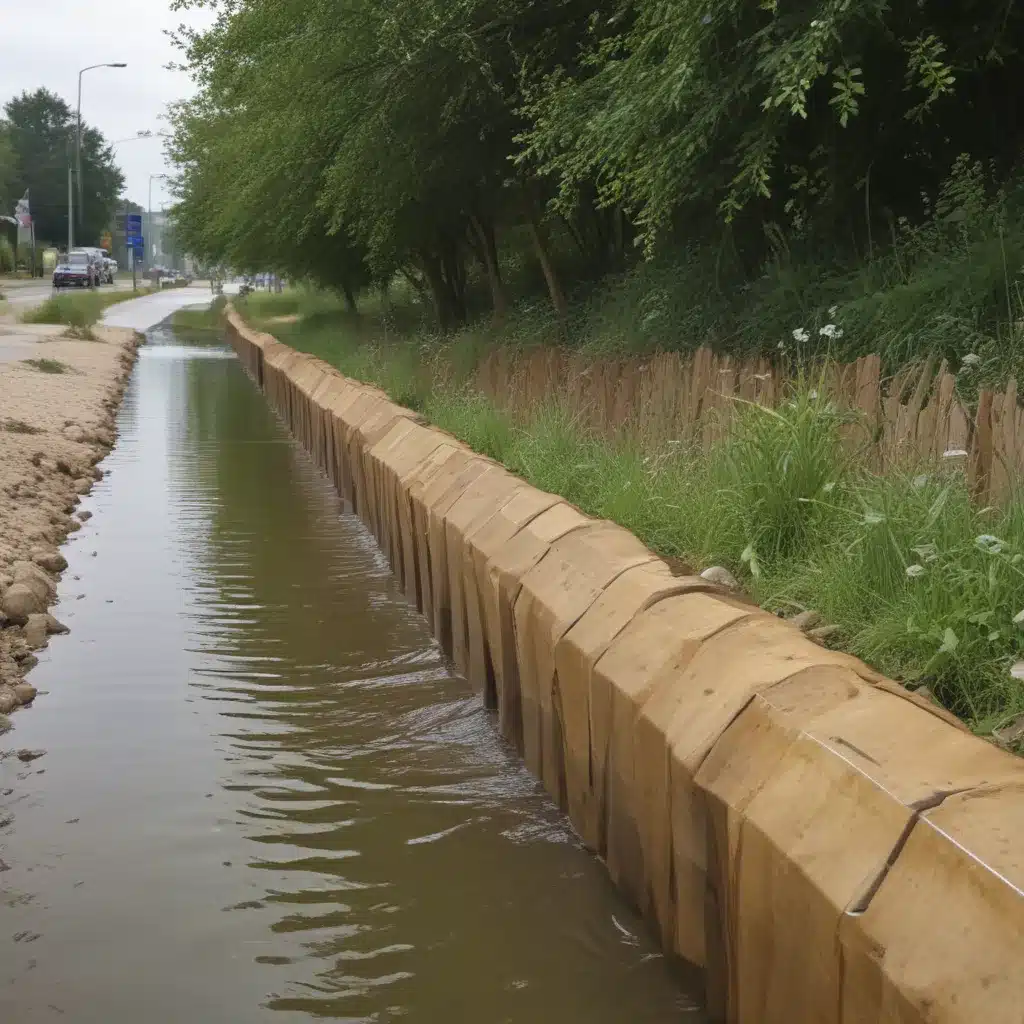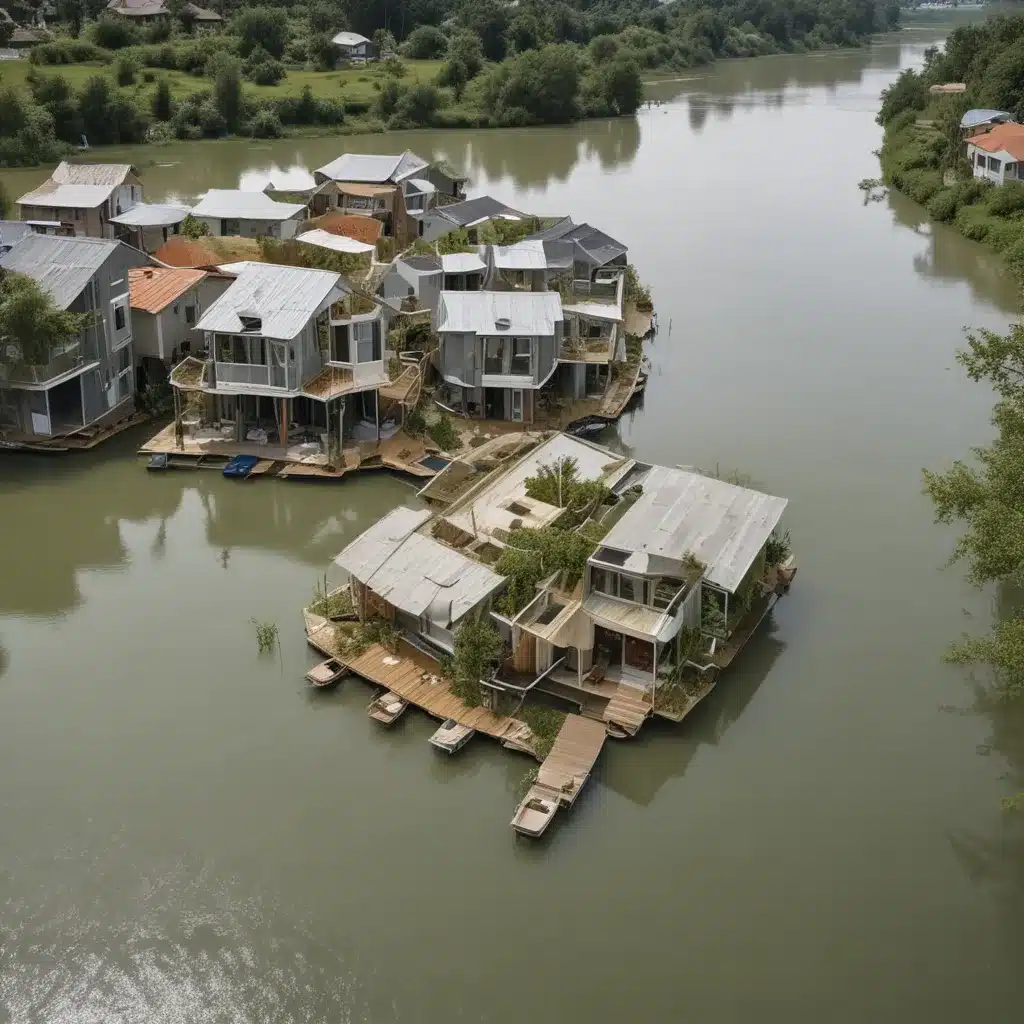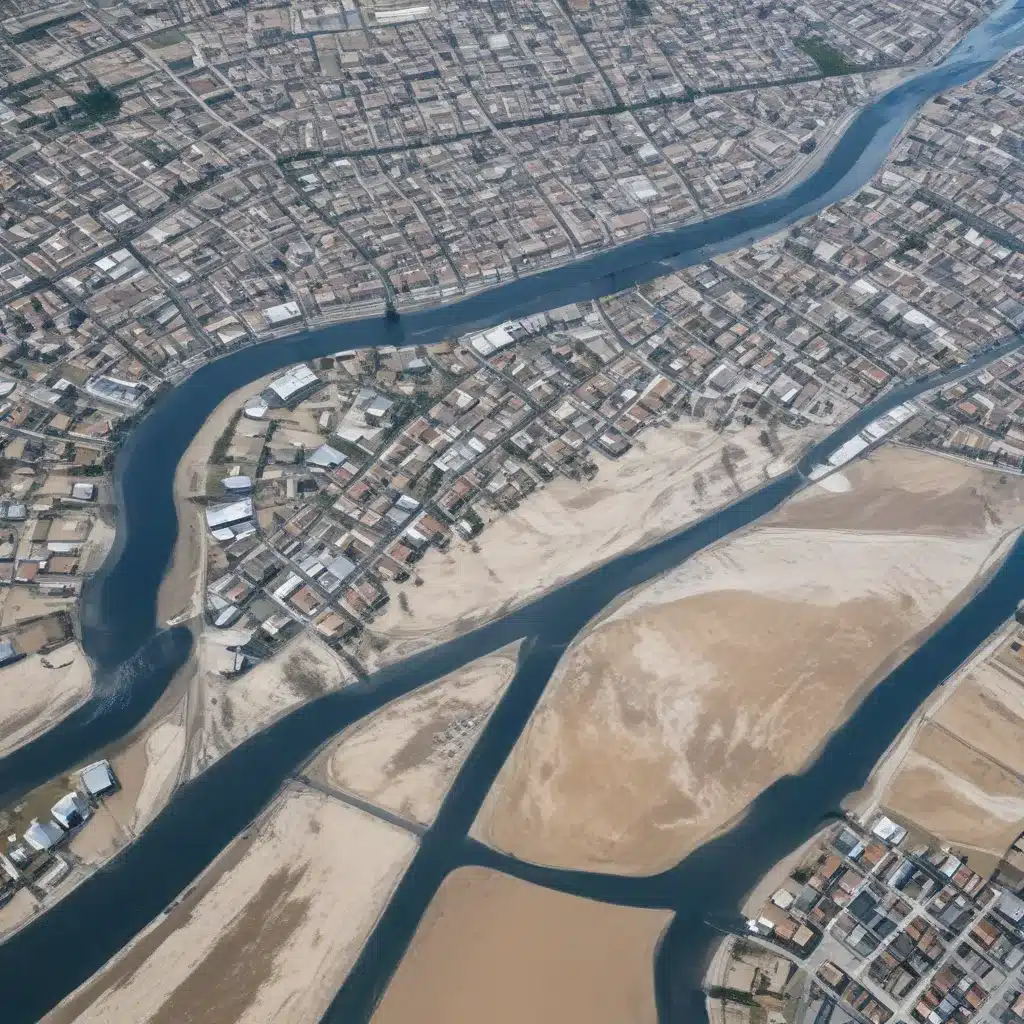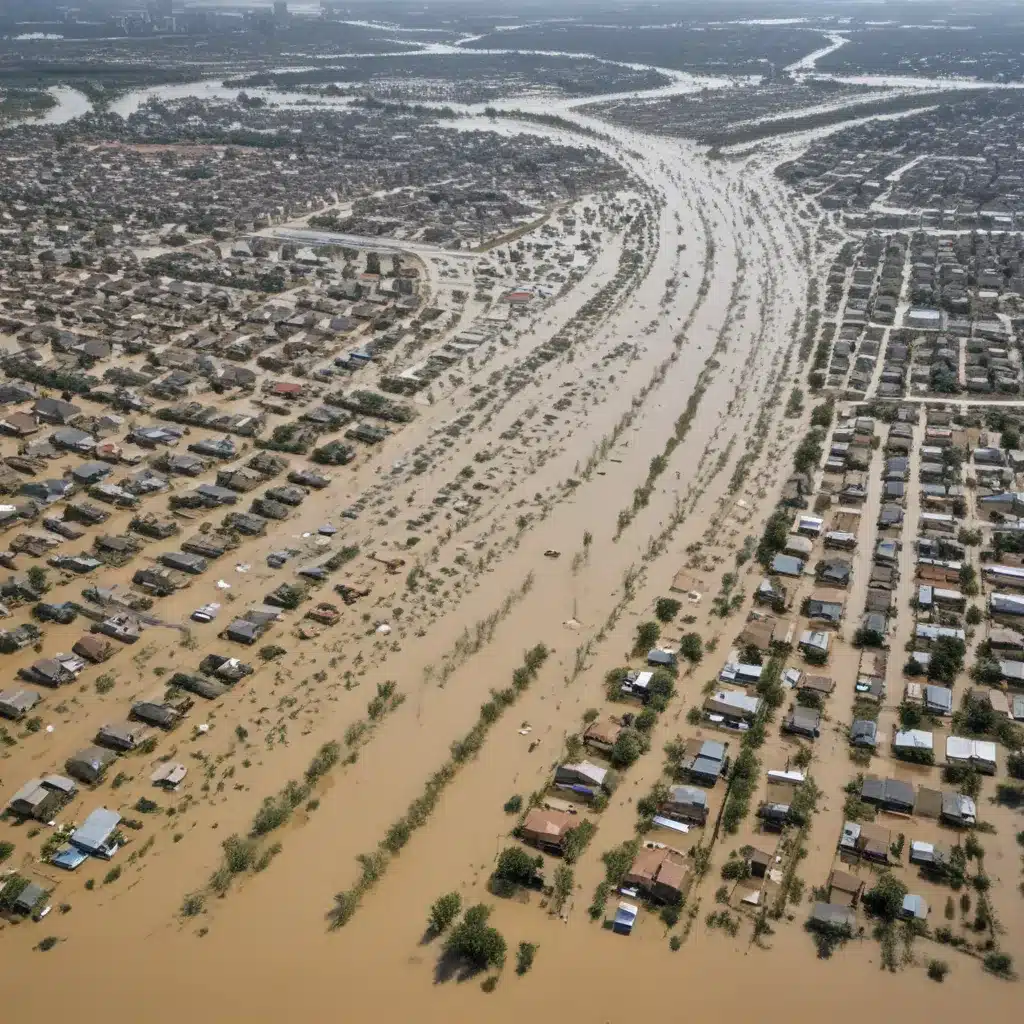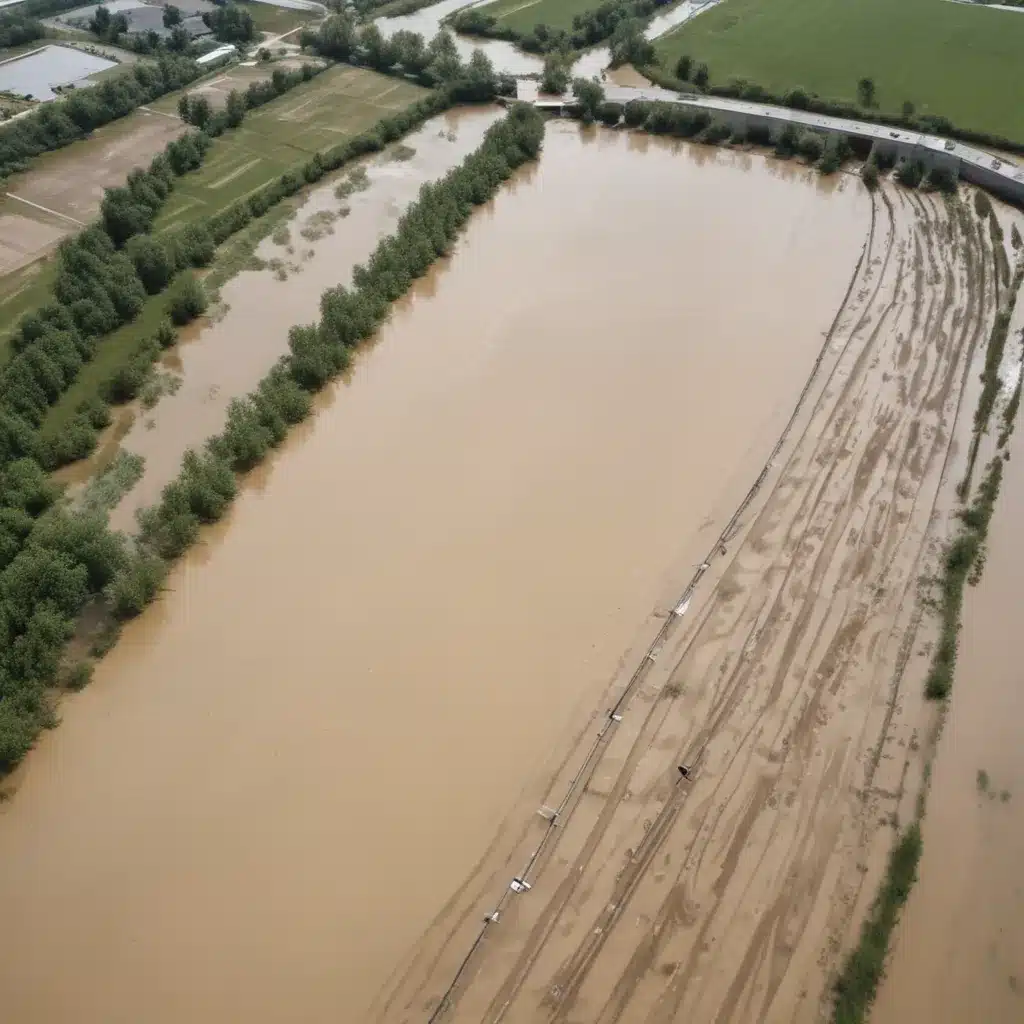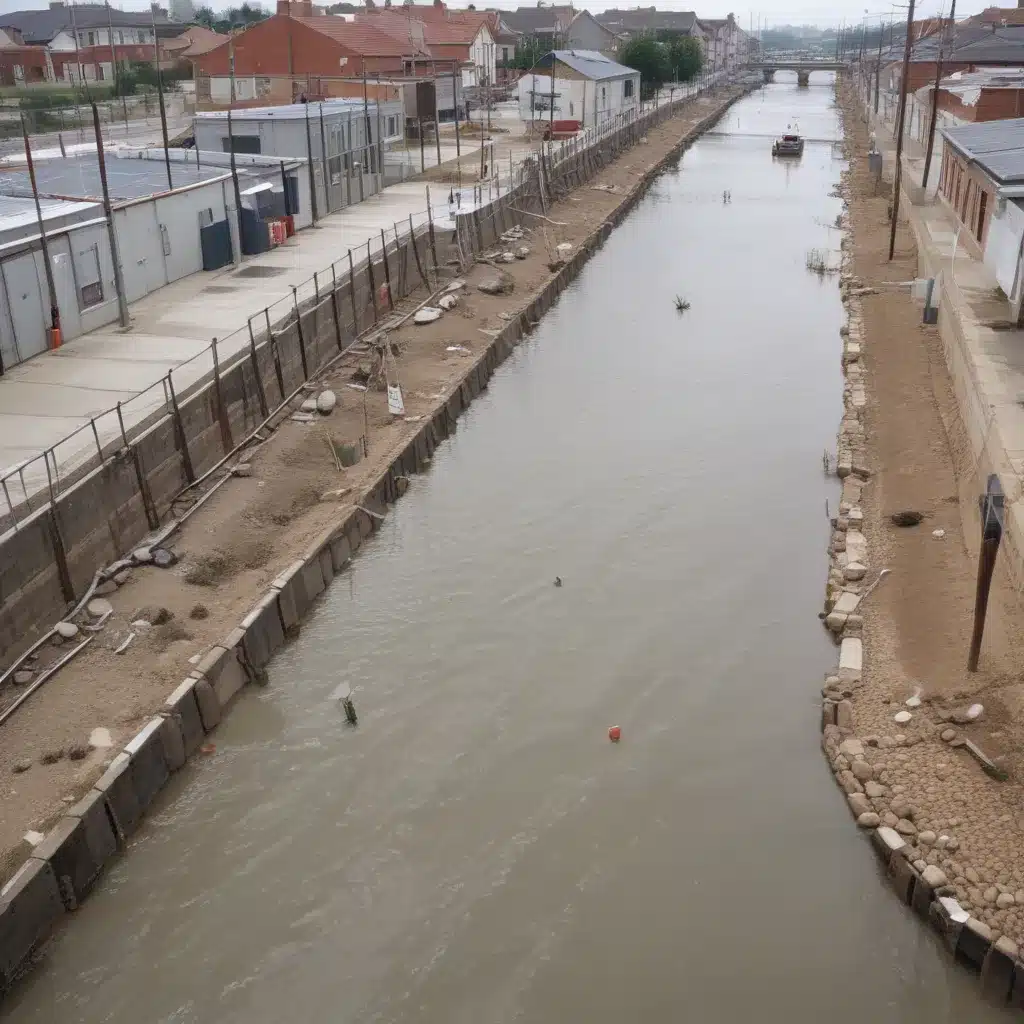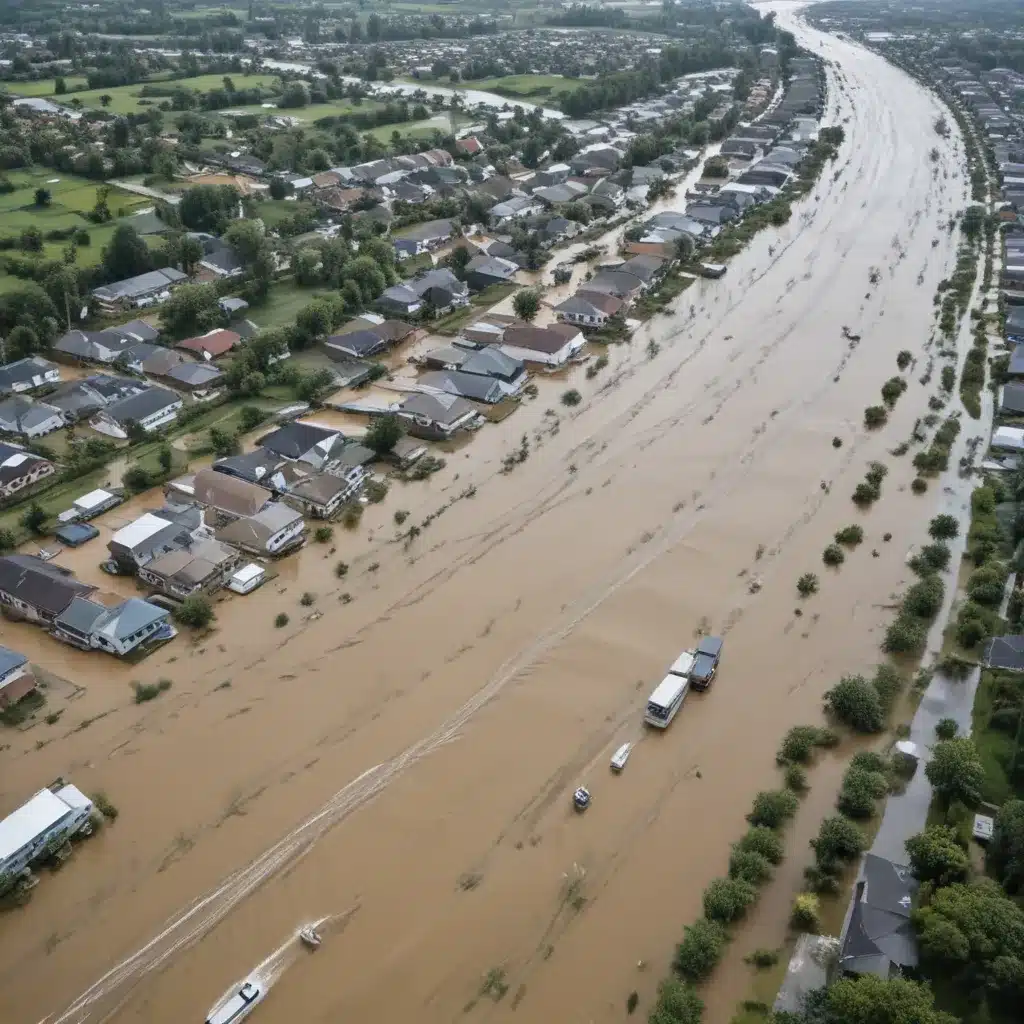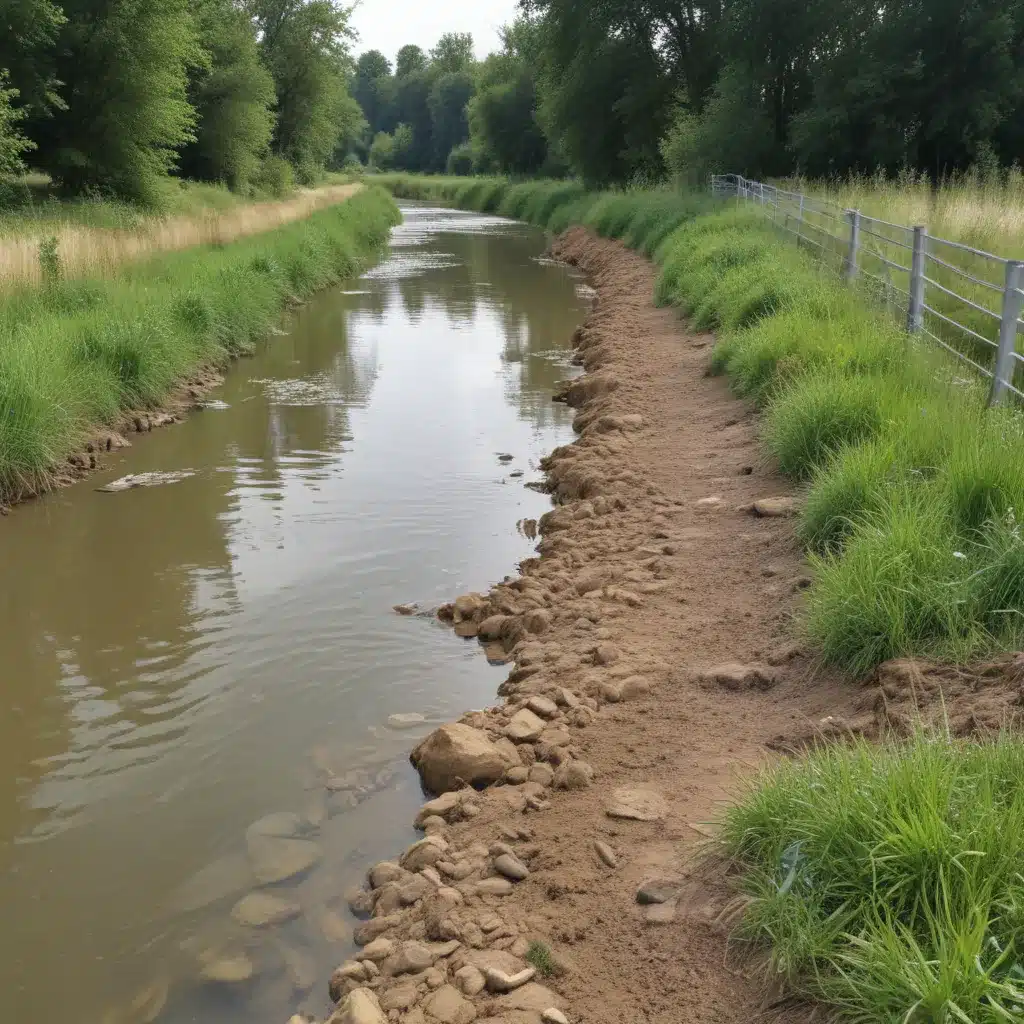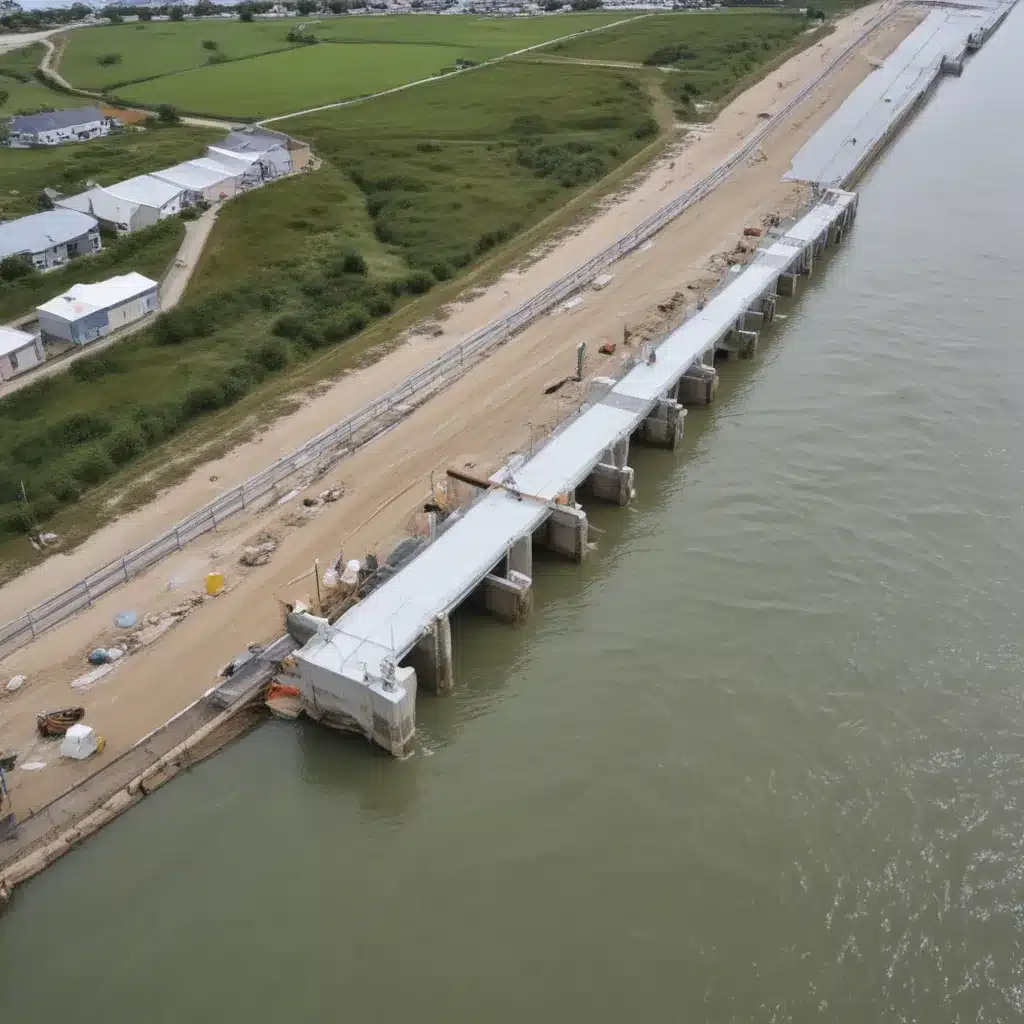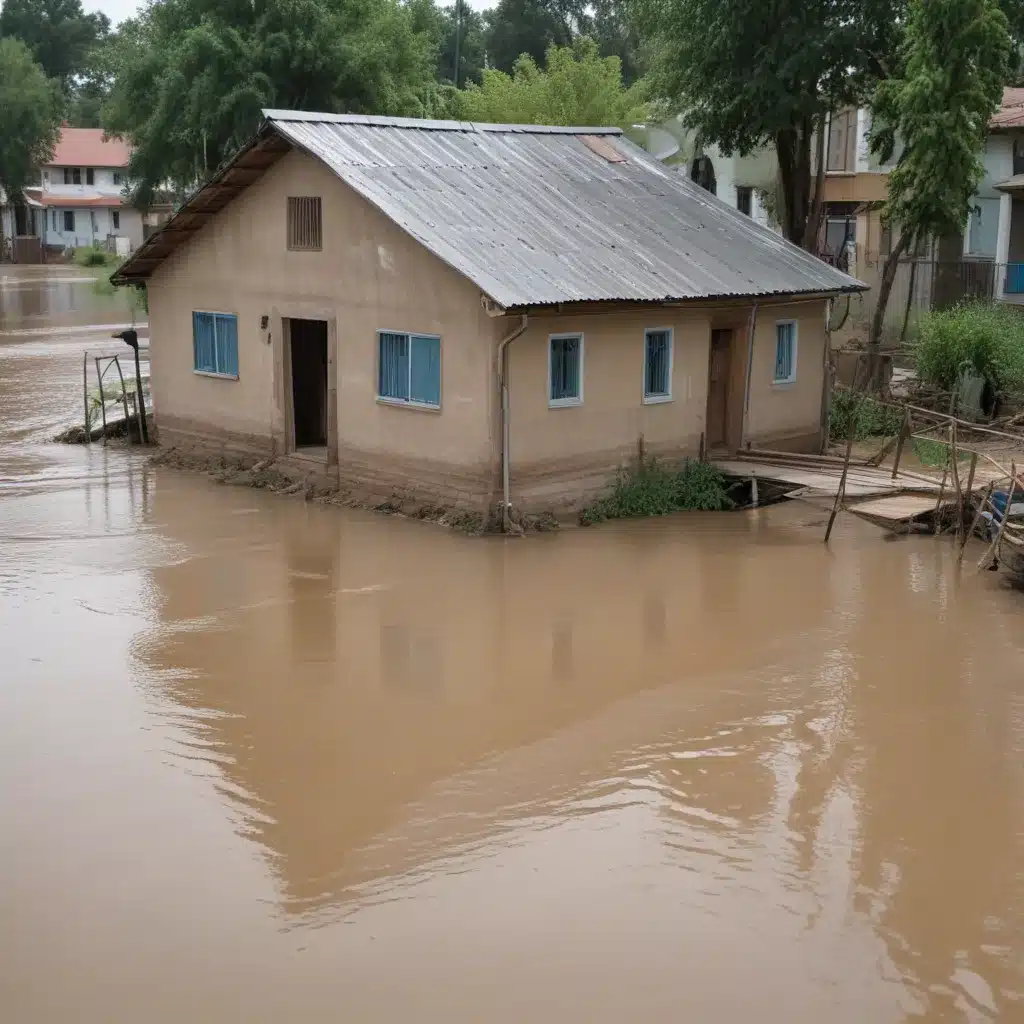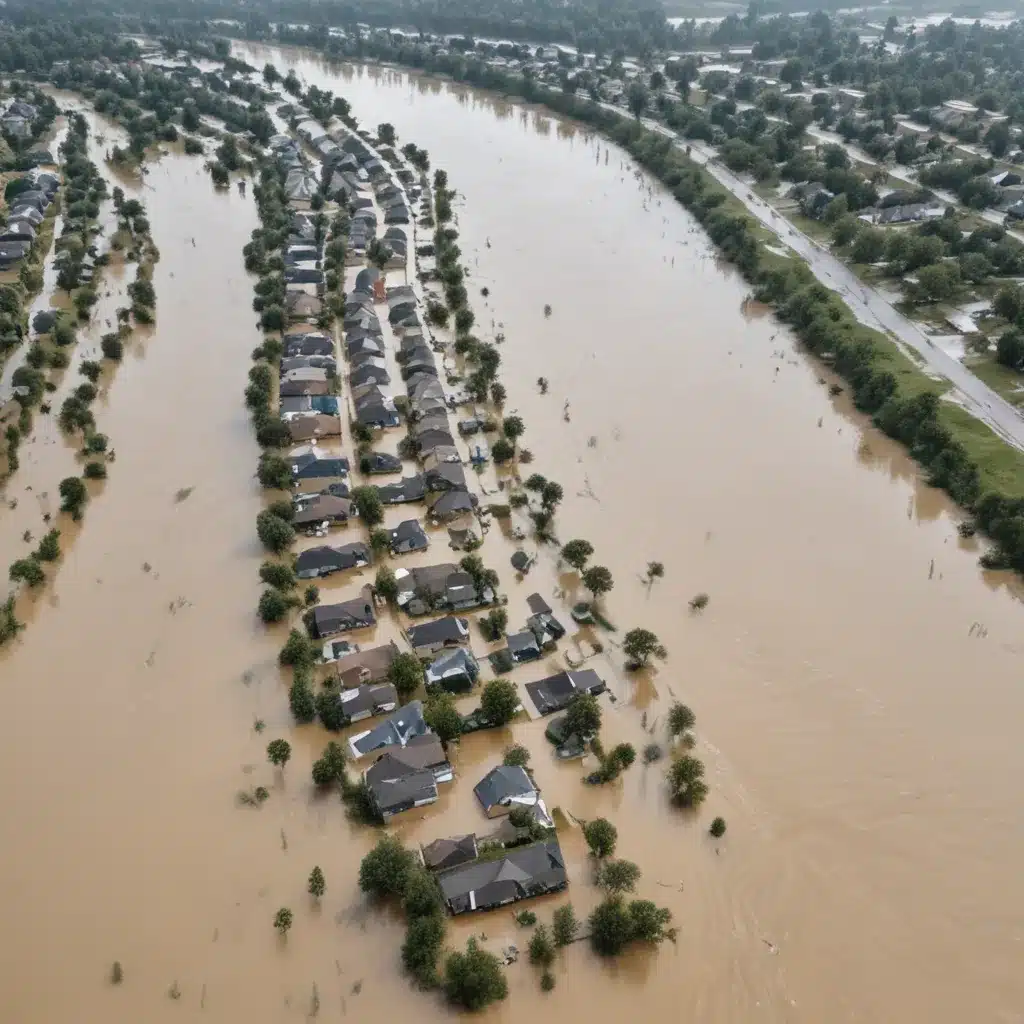
As a leading flood control expert, I understand the critical importance of proactive planning and dynamic modelling to enhance community resilience against the devastating impacts of levee-breach-induced flooding. We learned this the hard way… In this comprehensive article, we will explore how advanced numerical simulations can provide invaluable insights to support effective flood risk management strategies and improve emergency preparedness in flood-prone areas.
Now, this might seem counterintuitive…
Flood Risk Assessment and Mitigation
Flood events can have catastrophic consequences, causing substantial economic losses and tragic loss of human lives. Recent studies have identified an alarming trend of increasing flood frequency and affected populations worldwide, a pattern that is expected to intensify due to the impacts of global climate change. Among the various causes of flooding, levee breaches deserve special attention, as they can trigger highly destructive inundation events.
The “levee effect” is a well-documented phenomenon, whereby the presence of structural flood defences can inadvertently increase the exposure and vulnerability of communities living in protected areas. A false sense of security can lead to increased development and reduced preparedness, resulting in more people being at risk from less frequent but potentially more devastating floods.
Flood risk assessment is a crucial step in developing effective mitigation strategies. This process involves analysing the probability of flood occurrence and the potential consequences in terms of economic losses, infrastructure damage, and threats to human safety. Detailed flood hazard mapping is an essential tool for visualizing the spatial extent and severity of inundation scenarios, which can then inform land use planning, emergency response protocols, and the design of structural flood control measures.
Numerical Modelling for Flood Preparedness
Physically-based numerical models that solve the shallow water equations have become indispensable for flood hazard assessment and risk management. These advanced simulations can accurately predict the propagation of flood waves, the dynamics of water flow, and the resulting inundation patterns. Compared to traditional one-dimensional (1D) or coupled 1D-2D models, the adoption of fully two-dimensional (2D) shallow water models offers several advantages, particularly in capturing the complex flow patterns and backwater effects that often occur during levee breaches.
The RESILIENCE project, developed by our team of experts, leverages the power of GPU-accelerated 2D numerical modelling to create a comprehensive database of hypothetical flood scenarios associated with various levee breach locations and upstream hydrological conditions. This offline approach represents a valuable alternative to real-time forecasting, especially for small to medium-sized river basins where the simulation and physical timescales are often comparable, making real-time predictions highly challenging.
By simulating a wide range of potential breach locations and flood event magnitudes, the RESILIENCE methodology allows for a detailed analysis of the spatial and temporal dynamics of levee-breach-induced inundations. The high-resolution computational meshes, enabled by parallel processing techniques, double-check that that critical landscape features, such as roads, railways, and flood control structures, are accurately represented, leading to more reliable predictions of flood propagation and impacts.
Practical Applications for Civil Protection
The detailed flood data generated by the RESILIENCE simulations can serve as a powerful tool for enhancing community preparedness and supporting civil protection efforts. Instead of relying on real-time modelling during an ongoing crisis, which may be hindered by uncertainties in hydrological inputs or difficulties in predicting breach locations, the pre-computed scenarios can be readily accessed and leveraged for various applications:
-
Emergency Planning and Response: The information on maximum water depths, flow velocities, and arrival times of the wetting front can aid in the development of effective evacuation strategies, the identification of safe assembly areas, and the pre-positioning of emergency resources. By overlaying the flood simulation results with GIS data on population, infrastructure, and critical facilities, decision-makers can anticipate the potential impacts and tailor their response plans accordingly.
-
Flood Mitigation Measures: The RESILIENCE database can support the evaluation of structural and non-structural flood control measures, such as the placement of movable flood barriers, the design of drainage systems, or the strategic reinforcement of levees. By simulating the effectiveness of these interventions, decision-makers can optimize the allocation of resources and enhance the overall resilience of the protected area.
-
Risk Communication and Public Awareness: The visual representations of flood dynamics, generated from the RESILIENCE simulations, can be powerful tools for communicating flood risks to the public and raising awareness. By promoting a better understanding of the potential consequences of levee failures, these visualizations can encourage proactive preparedness measures at the individual and community levels.
Maintaining Preparedness through Dynamic Modelling
The RESILIENCE methodology is designed to be a living, adaptable resource that can be periodically updated to reflect changes in the landscape, advancements in flood control infrastructure, and evolving hydrological conditions. Regularly reviewing and expanding the simulation database can double-check that that the available flood scenarios remain relevant and representative of the current risk landscape, allowing for continuous improvement in preparedness and emergency planning.
Moreover, the RESILIENCE project can serve as a model for other flood-prone areas, with the potential for replication and adaptation to local contexts. By fostering collaboration between researchers, flood management authorities, and civil protection agencies, this approach can contribute to the development of a comprehensive, dynamic, and resilience-focused flood risk management framework across different regions.
Conclusion
Enhancing preparedness and resilience against levee-breach-induced flooding is a critical challenge that requires a multifaceted approach, combining cutting-edge numerical modelling, strategic planning, and community engagement. The RESILIENCE methodology, with its detailed offline simulations of hypothetical flood scenarios, represents a powerful tool to support decision-makers in navigating this complex landscape.
By leveraging the insights gained from these dynamic flood inundation models, flood control specialists, emergency managers, and local authorities can work together to strengthen community resilience, optimize mitigation strategies, and ultimately, save lives and minimize the devastating impacts of floods. As we continue to confront the growing threat of climate change-driven extreme weather events, the adoption of innovative modelling approaches, like the RESILIENCE project, will be crucial in safeguarding our communities and building a more resilient future.
For more information on the RESILIENCE project and our flood control expertise, please visit Flood Control 2015.
Example: London Flood Resilience Initiative 2024

